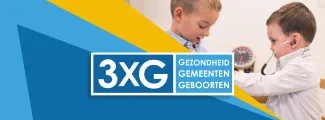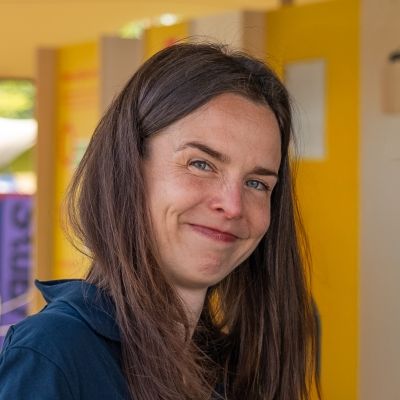Second round for 212 children in a unique health survey
New milestone in '3xG study' in Dessel, Mol and Retie

For the second time, 212 children from the municipalities of Dessel, Mol and Retie had a blood and urine sample examined as part of the 3xG study. This is a health study on the impact of our environment and living habits on the health of growing children. The study, launched in 2010, tested the 212 children - who are now seven years old - for the presence of environmental pollutants and health markers. The results show that stricter pesticide policies are not an option, but a must.
Areas of concern for the region: pesticides and arsenic
Besides the scientific added value of this study, 3xG also has an important signalling function for the region. For instance, the results show that children in these municipalities show higher levels of some pesticides on average compared to other European studies. These are pyrethroid pesticides and, to a lesser extent, glyphosate. Pyrethroid pesticides are insecticides used in maize and potato cultivation, but they also have many applications for domestic use. Think of insecticide control in the home, in the garden or on pets. Glyphosate is a herbicide that has been banned for private use in Flanders since 2018, but is still widely used in professional agriculture and horticulture. These results are an important signal for the government to continue working on a stricter pesticide policy.
For arsenic, too, we again see excessively high measurement values: 25% of the participants exceed a health assessment value. This means that the values found in urine do not rule out long-term health effects. This is not new for the region and has previously been linked to the use of groundwater (including in the vegetable garden or for consumption). However, besides historical industrial pollution, arsenic also occurs naturally in Kempen soil. It is therefore recommended that well water be tested regularly.
Impact on children's health?
Health assessment values are available for more and more environmental pollutants. For most of the substances that were measured, the children in the 3xG study remain below these assessment values. But apart from arsenic, we also see a problem for pyrethroid pesticides: 51% of the children from the Dessel, Mol and Retie region had a concentration measured above an assessment value. Participants are thus advised to limit future exposure as much as possible. For PFAS, about 7% of children have too high exposure, but this seems to be a general problem across Flanders and Europe rather than region-specific.
The 3xG study also monitors a lot of early health effects, so health signals are picked up quickly. The multitude of data generated by this study also deserves further follow-up in the coming years.
3xG: a European partnership
The 3xG study is being carried out by VITO, the Provincial Institute for Hygiene (PIH) of the province of Antwerp and the University of Antwerp, commissioned by the National Agency for Radioactive Waste and Enriched Fissile Materials (NIRAS), and the local partnerships STORA and MONA. The research is thus strongly locally embedded and carried out as a prerequisite for the disposal of low- and intermediate-level short-lived waste. But the scientific partners are also collaborating in a European context in the HBM4EU project, where data and findings from various European studies are being combined to reach scientific insights faster.




